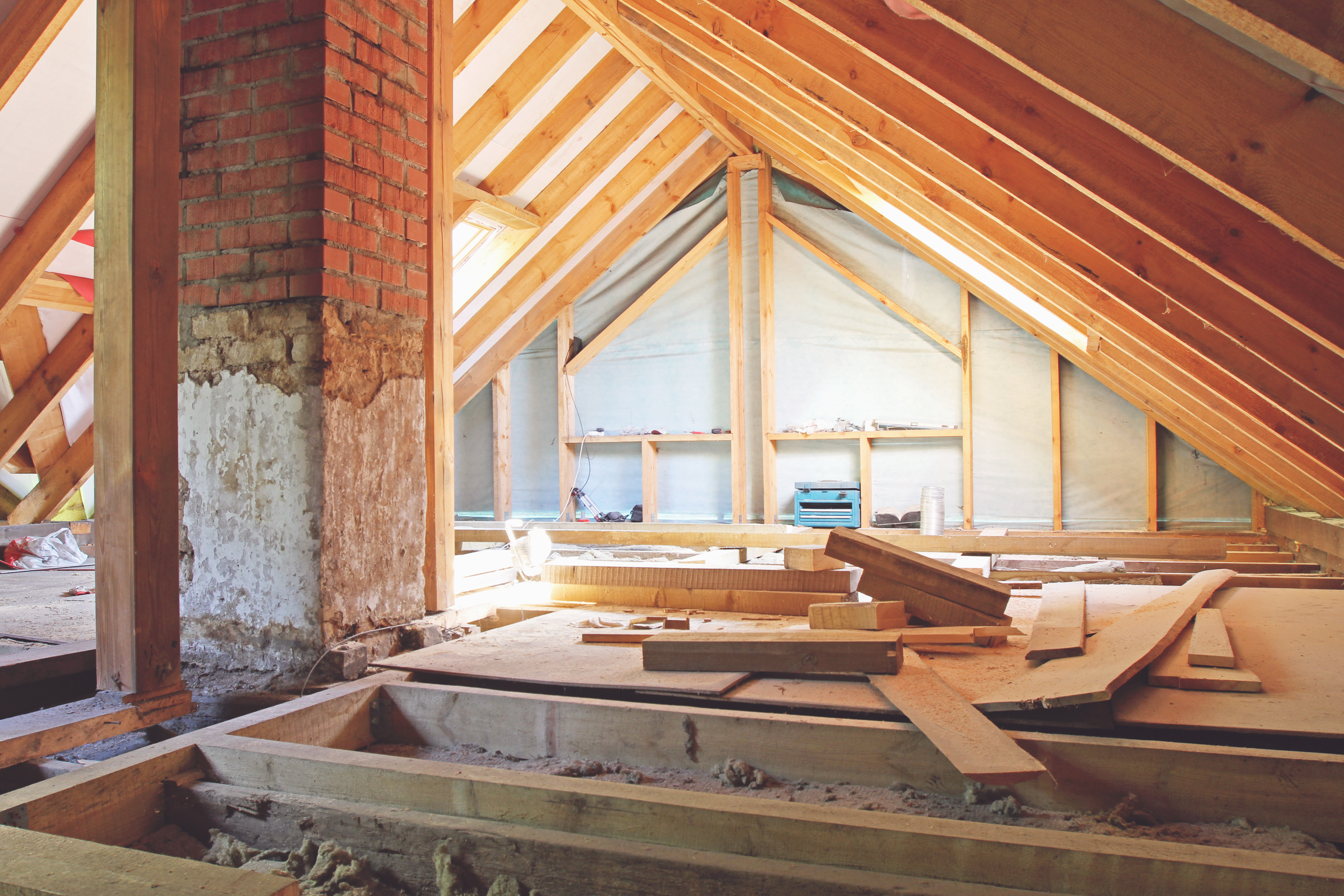Spotting and Preventing Squirrel Damage in Your Home
Squirrels in the wild hardly ever pose a threat to humans. But when squirrels make their way into your home, they can bring a whole heap of trouble with them. While these critters are usually happy in their natural environments, they can move indoors in an attempt to find warm shelter during winter, avoid predators in the wild or to find food if resources are scarce.
So how do you know if you have a squirrel infestation? And what do you do if you suspect you’ve got some critter company? We’re sharing a few key observations to take note of around your home, along with tips to help you prevent a squirrel invasion.
Spotting a Squirrel Infestation in Your Home
1) Strange Noises Around the House
If you’ve got some squirrely company, there’s a chance you’ll hear their squeaks and scurrying coming from within your walls, from the attic and even in the garage. You might even hear some scratching and chewing as they work to build nests in your home.
2) Sightings of Squirrel Droppings
Where there are squirrels, there will be squirrel waste. You can usually spot their droppings in your garage, attic or near entry points around your home. Be careful as animal waste can carry diseases — wear a mask and gloves when cleaning. If you’re not sure if what you’ve spotted is squirrel feces, look out for something similar to mouse droppings but larger, barrel-shaped and without tapered ends.
3) Damage in Your Home
Because most squirrel damage is hidden away within walls or in the attic, it might be hard to spot. If you suspect you have squirrels in your home, look for teeth marks on walls, chewed electric wiring or wood, nests in insulation and air vent damage. You can also look for external home damage like chewed up outdoor furniture, ripped trash bags and eaten plants.
How To Prevent a Squirrel Infestation in Your Home
1) Block All Entry Points
First things first: you’ve got to limit potential entry points. With wire mesh, caulk or other similar barrier materials, you can seal entryways. Make sure to do this especially during colder months when squirrels might be seeking warmth.
2) Remove Anything That Could Lure Them to Your Home
If you’re a birdwatcher, you know that bird feeders can be a great way to catch sight of your favorite winged friend — but they also act as an open buffet to squirrels. Try to keep bird feeders away from your home if possible. Another thing to be mindful of is the amount of trees and shrubs near your home. Trim back trees and remove wood and junk piles from your property to reduce the possibility of squirrels nesting and climbing close to your home.
3) Secure All Food Items and Attractants
Food scarcity in the wild is one of the main reasons squirrels might be looking to pay your home a visit. If you have pet food or other food in the garage or in basement storage, you could be inadvertently turning your home into a buffet for squirrels. They can chew their way through paper, cardboard and plastic wrappings, so make sure any food items are secured with hard plastic or glass sealed containers and canisters.
Give Us a Call
If you suspect you’ve already got squirrels in your home, it might be too late for preventative measures. Calling professionals is the best way to deal with a squirrel infestation because even though they are small, squirrels are still wild animals. Give Arrow a call today and we can help make your home pest free.






 YouTube
YouTube Facebook
Facebook Twitter
Twitter Instagram
Instagram